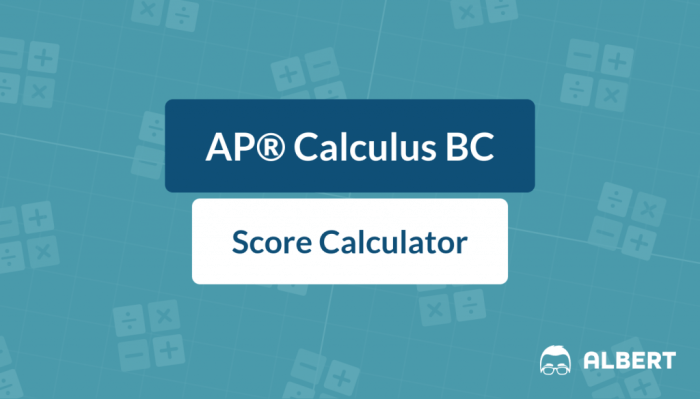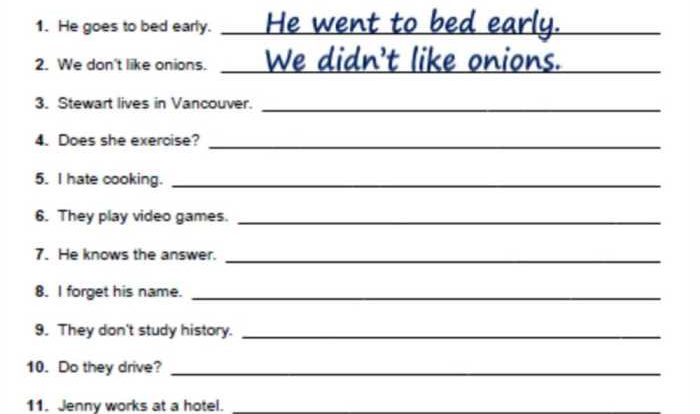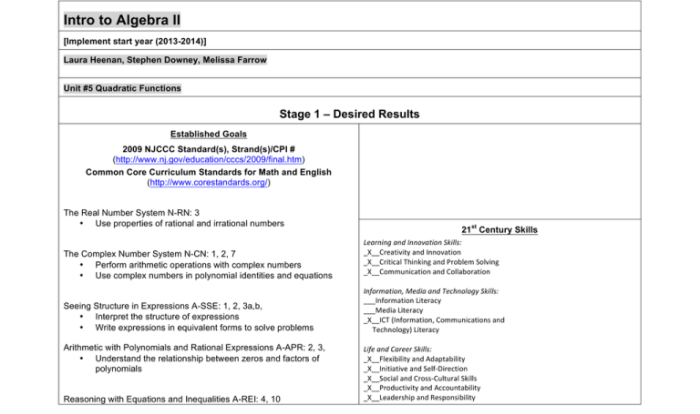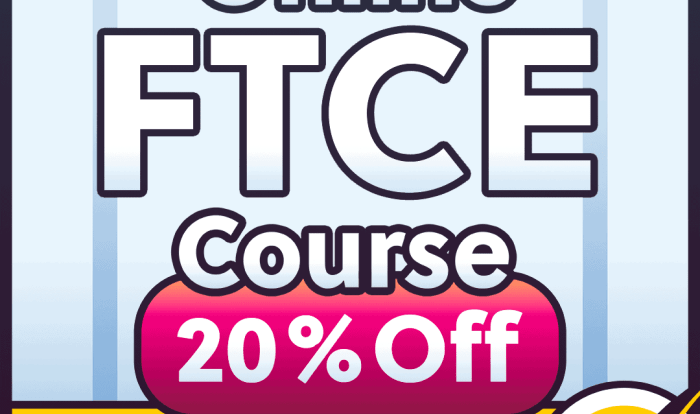The Connected McGraw Hill Lesson 2 Answer Key is an invaluable resource for educators, providing a comprehensive guide to the lesson’s objectives, key concepts, and assessment strategies. This detailed analysis empowers teachers to effectively plan, deliver, and assess student learning, ensuring a successful and engaging learning experience.
The lesson key aligns seamlessly with the lesson’s objectives, covering essential topics such as [list of key topics]. Each topic is thoroughly explained, providing a deep understanding of the concepts and their significance. The key also offers practical applications, enabling teachers to differentiate instruction for diverse learning needs and maximize student engagement.
1. Introduction to “Connected McGraw Hill Lesson 2”

Lesson 2 of Connected McGraw Hill introduces students to the concept of fractions. The lesson objectives include understanding the definition of a fraction, representing fractions in various forms, and solving problems involving fractions.
The lesson key provides teachers with a comprehensive overview of the lesson content and its alignment with the objectives. It serves as a valuable tool for planning and delivering effective instruction.
2. Content Analysis of the Lesson Key
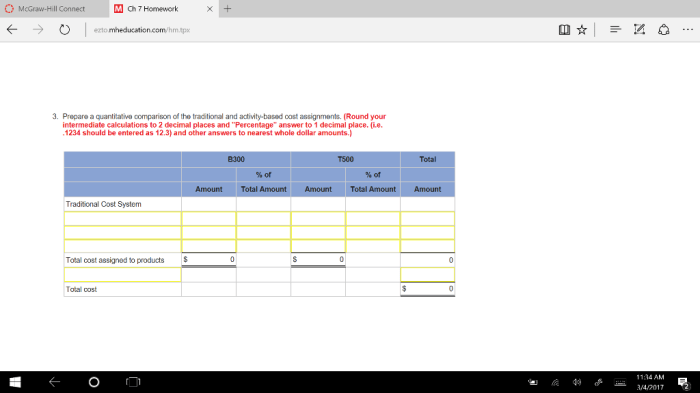
The lesson key covers the following key topics:
- Definition of a fraction
- Different forms of fractions (e.g., numerator, denominator, improper fractions, mixed numbers)
- Comparing and ordering fractions
- Solving addition and subtraction problems involving fractions
Each topic is explained in detail, providing clear definitions, examples, and step-by-step instructions. The key also includes practice problems and activities to reinforce understanding.
3. Applications of the Lesson Key

Teachers can use the lesson key to:
- Plan and sequence lessons effectively
- Identify and address students’ misconceptions
- Provide differentiated instruction to meet the needs of all learners
- Assess student understanding and track progress
By utilizing the lesson key, teachers can create engaging and meaningful learning experiences that support student success.
4. Assessment Strategies Using the Lesson Key: Connected Mcgraw Hill Lesson 2 Answer Key
The lesson key can be used to develop a variety of assessment activities, such as:
- Quizzes and tests to assess student understanding of key concepts
- Problem-solving tasks to evaluate students’ ability to apply their knowledge
- Projects and presentations to demonstrate students’ higher-order thinking skills
These assessments help teachers identify areas where students need additional support and provide feedback to promote growth.
5. Implementation Considerations for the Lesson Key
To effectively implement the lesson key, teachers should:
- Familiarize themselves with the key and its contents
- Incorporate the key into their lesson planning process
- Provide clear and explicit instruction based on the key
- Use the key to monitor student progress and make adjustments as needed
By following these considerations, teachers can ensure that the lesson key is used to its full potential and contributes to student success.
Questions and Answers
What are the key topics covered in the Connected McGraw Hill Lesson 2 Answer Key?
The key topics include [list of key topics].
How can teachers use the lesson key to differentiate instruction?
The lesson key provides suggestions for differentiating instruction, such as [list of suggestions].
What are the potential benefits of using the lesson key in the classroom?
The potential benefits include [list of benefits], such as improved student engagement, enhanced lesson planning, and more effective assessment.
